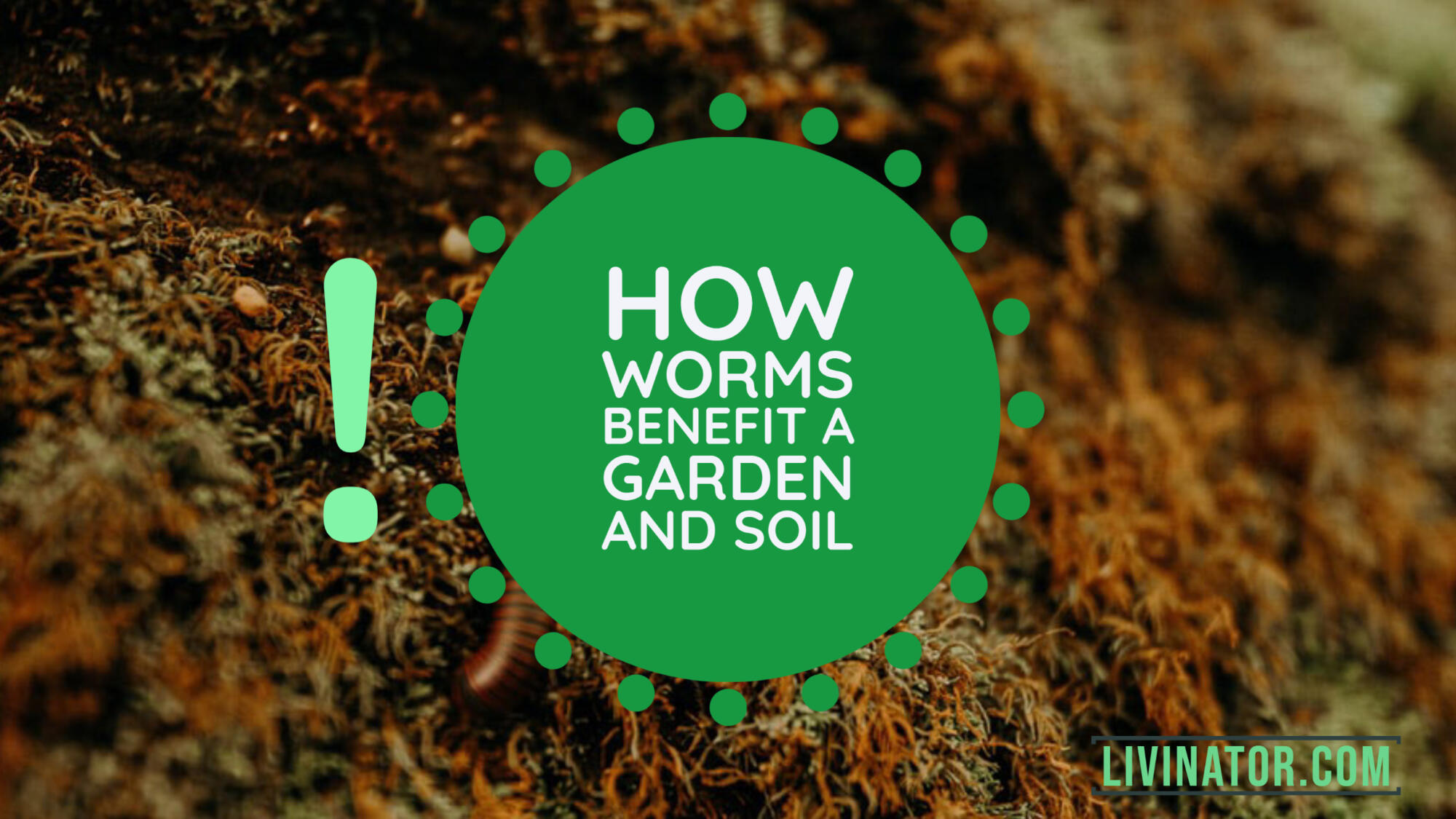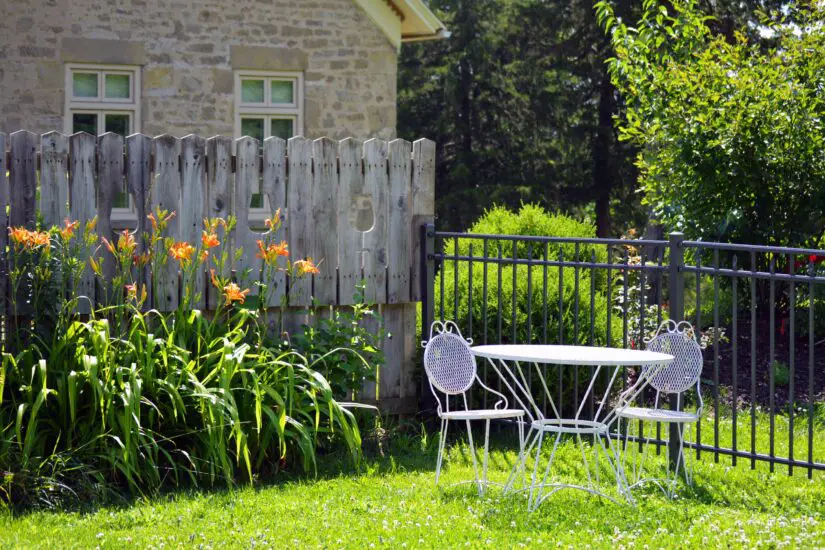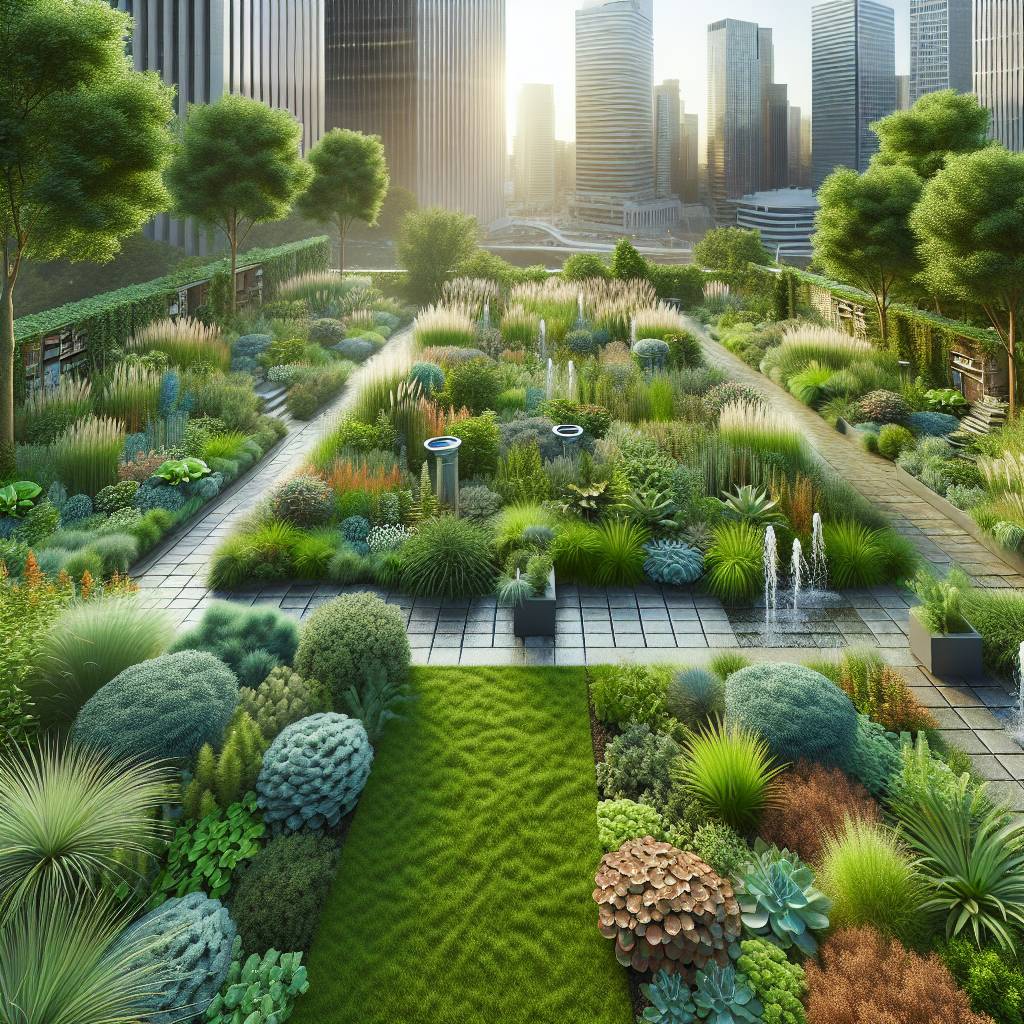Ever wondered how to turn yard waste into nutrient-rich compost effortlessly? From grass clippings to fallen leaves, you can harness the power of nature’s recycling system right in your backyard. We’ll delve into the benefits of composting, including reducing landfill waste and enriching soil health. We’ll provide practical tips on creating a successful compost pile using plant wastes, food scraps, and plant materials, and troubleshooting common problems that may arise along the way. Get ready to unlock the secrets of sustainable gardening through turning yard waste into compost.
Key Takeaways
- Start composting by understanding the basics and benefits to reduce waste and enrich your garden.
- Use yard waste like leaves, grass clippings, and small branches for effective composting.
- Apply proper techniques and maintenance to create a healthy compost pile, such as turning the pile regularly and maintaining the right moisture level.
- Follow a step-by-step guide for backyard composting, ensuring the right balance of green and brown materials.
- Prevent pests and rodents by managing the compost pile’s size and adding deterrents like wire mesh at the base.
- Explore advanced methods like vermicomposting and hot composting for efficient and faster composting.
Understanding the Basics of Composting
The Natural Process
Composting is the breakdown of organic materials into nutrient-rich soil. This process is driven by a variety of microscopic organisms, including bacteria, fungi, and other microbes, that breakdown food scraps, plant material, and bedding. These organisms work together to decompose yard waste such as leaves, grass clippings, and food scraps.
Compost creation relies on three key elements: moisture, air, and the right balance of carbon (referred to as “browns”) and nitrogen (known as “greens”). Adequate moisture levels help create an environment where these microorganisms can thrive. Without enough water, microbes, the decomposition process, and material will slow down or stop altogether.
A well-aerated compost pile allows for proper airflow that facilitates microbial activity. This means turning or mixing the compost material regularly to ensure that oxygen reaches all parts of the pile. Achieving a balanced ratio of carbon-rich materials (such as dry leaves) to nitrogen-rich materials (like fruit peels) is essential for efficient decomposition.
Small-Scale vs Larger-Scale Systems
Composting can be done in both small-scale backyard setups and larger-scale systems. For smaller operations, individuals can use simple structures like bins or piles in their yards. These setups are ideal for homeowners looking to manage their kitchen scraps and yard waste effectively while creating valuable soil amendments.
On a larger scale, municipalities may utilize industrial-sized composting facilities equipped with advanced machinery designed to handle significant volumes of organic waste efficiently. These facilities often employ specialized techniques to control temperature levels within large compost piles and carefully monitor moisture content throughout the process.
In both scenarios—small-scale backyard composting and larger-scale commercial operations—the same fundamental principles apply: providing adequate moisture levels, ensuring proper airflow through regular turning or mixing, and maintaining an appropriate balance between carbon-rich “browns” and nitrogen-rich “greens.”
Benefits of Turning Yard Waste into Compost
Reducing Landfill Waste
Composting yard waste is an effective way to reduce the amount of waste that ends up in landfills. When organic materials such as leaves, grass clippings, and food scraps are composted, they do not decompose anaerobically in a landfill, which produces methane—a potent greenhouse gas. By turning yard waste into compost instead of sending it to the landfill, we can significantly minimize greenhouse gas emissions.
Composting also reduces the need for municipal waste collection services to transport and dispose of green waste at landfills. This means fewer trucks on the road emitting harmful pollutants and contributing to traffic congestion. Ultimately, by diverting organic matter from landfills through composting, we can help reduce our carbon footprint and contribute to a healthier environment.
Improving Soil Quality
Using compost made from yard waste in your garden offers numerous benefits for soil health. Compost helps improve soil structure by creating spaces for air and water to flow more freely around plant roots. This improved structure enhances root growth and increases nutrient uptake by plants.
composted yard waste enriches the soil with essential nutrients like nitrogen, phosphorus, potassium—key elements necessary for healthy plant growth. The organic matter in compost also acts as a sponge-like material that retains moisture in the soil longer than unamended soils would. As a result, gardens enriched with homemade compost have better fertility levels and improved moisture retention capacity.
Saving Money on Fertilizers
One significant advantage of turning yard waste into compost is its potential cost savings for homeowners or gardeners who use it as a natural fertilizer alternative. Instead of purchasing commercial fertilizers or soil amendments regularly throughout the growing season, individuals can rely on their homemade compost created from readily available yard waste materials.
Materials Suitable for Yard Waste Composting
Carbon-Rich “Browns” for Composting
Certain materials are essential for a successful outcome. Dry leaves are an excellent source of carbon-rich “browns” that provide the necessary structure and air pockets in the compost pile. Similarly, grass clippings contribute to this by breaking down slowly, regulating moisture levels, and preventing compaction.
Fruit and vegetable scraps also play a crucial role in balancing the compost pile’s nutrient content. These nitrogen-rich “greens” accelerate the decomposition process while providing essential nutrients for microbial activity. Items like coffee grounds and tea bags enrich the mixture with organic matter, promoting healthy soil enrichment when used as part of finished compost.
Items to Avoid Adding
While many plant materials can be utilized effectively in yard waste composting, it’s important to note what should not be included. For instance, avoid adding meat or dairy products as they can attract pests and slow down the decomposition process. Oily foods may disrupt the balance of microorganisms within the compost pile and result in unpleasant odors.
Furthermore, pet waste should never be incorporated into your yard waste compost due to potential health hazards associated with harmful pathogens present in animal feces. By being mindful of these limitations, you can ensure that your yard waste is transformed into nutrient-rich soil amendment without compromising its quality or safety.
Effective Techniques for Composting Yard Waste
Layering Materials
When turning yard waste into compost, it’s crucial to layer green and brown materials. This helps maintain a balanced ratio of carbon to nitrogen, which is essential for the decomposition process. Green materials such as grass clippings and kitchen scraps provide nitrogen, while brown materials like dry leaves and straw offer carbon. For instance, if you add a thick layer of grass clippings, follow it with a layer of dry leaves or shredded paper to create an ideal environment for microbial activity.
Balancing these two types of materials provides the necessary nutrients for microorganisms to break down organic matter efficiently. The breakdown process generates heat that speeds up decomposition and kills weed seeds and pathogens naturally present in yard waste.
Layering green and brown materials also prevents compacting, allowing air circulation throughout the pile. Adequate airflow promotes aerobic decomposition, preventing foul odors associated with anaerobic conditions.
Turning or Aerating
Regularly turning or aerating the compost pile is another key aspect of effective yard waste composting. By turning the pile every few weeks using a pitchfork or shovel, you introduce oxygen into the mix—crucial for promoting microbial activity responsible for breaking down organic matter.
Aerating also helps distribute moisture evenly throughout the pile as some areas may be too wet or too dry otherwise. This ensures that all parts of your compost receive equal amounts of oxygen and water needed for efficient decomposition.
Turning your compost not only accelerates the breakdown process but also prevents matting—when layers become dense due to excessive moisture—ensuring uniform decay throughout your entire heap.
Maintaining Proper Moisture Levels
Adding water as needed ensures proper moisture levels in your yard waste compost heap—a vital factor in promoting microbial activity necessary for decomposing organic matter effectively. Microorganisms require adequate moisture to thrive; therefore, maintaining consistent dampness within your compost pile is critical.
For example, if you notice that your pile appears dry when turning it over every few weeks, lightly sprinkle water over each layer before reassembling it. Conversely, if there’s excess moisture due to heavy rainfall or overwatering green material additions like food scraps, incorporate additional browns such as dried leaves or shredded paper to absorb excess water content.
Maintenance Tips for a Healthy Compost Pile
Monitoring Temperature
Checking the temperature of your compost pile is crucial. An ideal temperature of around 130°F/55°C indicates proper decomposition. If it’s too hot, add more browns; if it’s too cold, add more greens.
Maintaining an optimal temperature ensures that microorganisms break down the materials effectively. This process helps create nutrient-rich compost for your yard or garden.
Covering the Pile
Covering your compost pile with a tarp or lid serves multiple purposes. It retains heat and moisture, creating an environment conducive to decomposition while preventing excess rainwater from entering.
By retaining heat and moisture, you’re providing a cozy environment for the microorganisms responsible for breaking down yard waste into valuable compost.
Balancing Carbon-to-Nitrogen Ratio
Adjusting the amount of greens (nitrogen-rich materials) and browns (carbon-rich materials) in your compost pile is essential to maintain an optimal carbon-to-nitrogen ratio.
A balanced ratio ensures efficient decomposition without any foul odors. For example, adding grass clippings (green) to shredded leaves (brown) can help achieve this balance.
Step-by-Step Guide to Backyard Composting
Choosing the Location
When starting to turn yard waste into compost, it’s crucial to select a suitable location for your compost pile or bin. Look for a sunny area with good drainage. The warmth from the sun will help speed up the decomposition process, while proper drainage prevents waterlogging, which can lead to unpleasant odors and slow down decomposition.
It’s important to keep in mind that the size of your chosen location should be sufficient to accommodate your composting needs. Whether you opt for a traditional pile or a contained bin system, ensure there is enough room for turning and aerating the materials as they break down.
Layering Brown and Green Materials
To kickstart your compost pile effectively, begin by layering brown and green materials. Brown materials include dry leaves, straw, and shredded newspaper, providing carbon essential for microbial activity. On the other hand, green materials such as grass clippings, fruit scraps, and vegetable peels supply nitrogen necessary for microorganisms’ growth.
Remember not only to layer but also mix different sizes and textures of these materials together. This promotes airflow within the pile while preventing it from becoming too compacted—ensuring efficient decomposition throughout.
Regularly Turning or Aerating
Regularly turn or aerate your compost pile to provide oxygen—the third vital ingredient in successful backyard composting after carbon-rich brown material (like dry leaves) and nitrogen-rich green material (like kitchen scraps). By introducing oxygen through turning or aerating every few weeks using a pitchfork or shovel, you create an environment where aerobic bacteria thrive—speeding up decomposition significantly.
Failing to turn or aerate may result in slow decomposition due to lack of oxygen reaching microorganisms at the bottom of the pile; this could lead to foul smells associated with anaerobic breakdown processes—a situation easily avoided by regular turning.
Preventing Rodents and Pests in Compost Piles
Avoid Adding Attractive Food Scraps
When turning yard waste into compost, it’s crucial to avoid adding food scraps that attract rodents and pests. This includes items like meat, dairy, and oily foods. These types of organic matter can draw unwanted animals to your compost pile.
For example, if you add leftover chicken bones or greasy pizza boxes to the compost, you’re essentially inviting raccoons, rats, or other critters to feast on the contents.
Secure Compost Bin with Tight-Fitting Lid
To prevent animals from getting into the compost piles, using a secure compost bin with a tight-fitting lid is essential. This not only keeps out pests but also helps contain odors and maintain an organized composting area.
Imagine your compost pile as a buffet for local wildlife; leaving it exposed would be like putting out an open invitation for them to come and dine at their leisure.
Bury Kitchen Scraps Under a Layer of Browns
Another effective method for deterring pests from accessing the compost pile is by burying kitchen scraps under a layer of browns. Browns refer to materials such as dry leaves, straw, or shredded paper that help balance moisture levels in the compost while creating barriers against intruders.
Advanced Composting Methods: Vermicomposting and Hot Composting
Vermicomposting
Vermicomposting is a method of compost production that involves using worms to break down organic materials rapidly. The worms consume the waste, and their castings, or excrement, create nutrient-rich compost. This process is ideal for those with limited outdoor space or who want to compost indoors. It’s an efficient way to reduce volume of yard waste while producing valuable fertilizer.
The key to successful vermicomposting lies in providing the right conditions for the worms. A suitable container, such as a specialized bin with proper ventilation, is essential. Maintaining optimal moisture levels and avoiding overfeeding are crucial for ensuring that the worms thrive and effectively convert organic matter into rich compost.
Vermicomposting also requires regular monitoring to ensure that the environment remains conducive for the microorganisms involved in decomposition. By managing these factors carefully, individuals can turn their yard waste into high-quality compost without attracting unwanted pests like rodents.
Hot Composting
Hot composting relies on higher temperatures—around 140°F (60°C)—to accelerate decomposition significantly. This method not only breaks down organic matter quickly but also kills weed seeds and pathogens present in the material being composted. As a result, hot composting produces nutrient-rich soil amendment efficiently.
To achieve this high level of heat, it’s essential to balance both mass and air circulation within the pile of organic materials being decomposed. Creating layers of different types of materials helps promote airflow while maintaining an appropriate ratio between carbon-rich “browns” (such as leaves or straw) and nitrogen-rich “greens” (like grass clippings).
Properly aerating the pile through turning or using specially designed containers ensures that all parts reach sufficient temperatures for effective decomposition without creating foul odors or attracting pests like rodents—a common concern when dealing with yard waste.
Both vermicomposting and hot composting offer distinct benefits but require specific techniques tailored to each method’s unique requirements.
Using Finished Compost to Enrich Your Garden
Improving Soil Structure and Fertility
Incorporating finished compost into garden soil is a fantastic way to enhance its structure, fertility, and water-holding capacity. When you mix the finished compost with your garden soil using a garden fork, it creates air pockets that allow the soil to breathe and drain better. This improved structure enables plant roots to penetrate the soil more easily, promoting healthier growth.
Adding finished compost also introduces essential nutrients such as nitrogen, phosphorus, and potassium into the soil. These nutrients are crucial for plant growth and development. The organic matter in the compost acts like a sponge, holding onto these nutrients until plants need them. As it breaks down further over time, it releases these nutrients gradually into the soil—providing an ongoing source of nourishment for your plants throughout their growing season.
Top-Dressing Plants with Compost
Top-dressing your plants with compost offers numerous benefits for their health and vitality. By spreading a layer of finished compost around the base of your plants or on top of planting beds, you create a slow-release source of nutrients that feeds your plants steadily over time. This practice eliminates the need for synthetic fertilizers that can potentially harm beneficial organisms in the soil.
Moreover, when used as mulch directly around plantings or in between rows in vegetable gardens, finished compost helps suppress weeds by smothering weed seeds before they germinate. This protective layer retains moisture within the root zone while regulating temperature fluctuations in the surrounding soil—creating an ideal environment for healthy plant growth.
Final Remarks
Congratulations! You’ve now mastered the art of turning yard waste into valuable compost for your garden. By understanding the basics, choosing the right materials, and implementing effective techniques, you’re well on your way to creating nutrient-rich soil amendment. Remember, maintaining a healthy compost pile is key, and with the tips provided, you can ensure its success. Whether you opt for traditional backyard composting or explore advanced methods like vermicomposting, the benefits to your garden and the environment are immense.
Now it’s time to put your newfound knowledge into action. Grab those yard clippings and kitchen scraps, start layering them, and watch nature work its magic. Your plants will thank you for the boost of organic nutrients, and you’ll take pride in reducing waste while enriching your soil. Happy composting!
Frequently Asked Questions
How does composting yard waste benefit the environment?
Composting yard waste reduces landfill usage, minimizes greenhouse gas emissions, and enriches soil with essential nutrients. It’s like giving the earth a nutritious meal that helps it thrive and flourish.
What materials are suitable for composting yard waste?
Yard waste such as grass clippings, leaves, twigs, and small branches can be composted. Avoid adding diseased plants or weeds with seeds to prevent potential issues in your compost pile.
What are effective techniques for composting yard waste?
Turning the pile regularly to aerate it, maintaining proper moisture levels, layering green and brown materials, and ensuring adequate airflow will help speed up the decomposition process.
How do I prevent rodents and pests in my compost piles?
To deter unwanted critters from invading your compost pile, avoid adding meat or dairy products. Consider using a secure bin with a tight-fitting lid to keep pests out.
Can finished compost be used to enrich my garden soil?
Yes! Finished compost is a nutrient-rich soil amendment that improves soil structure and provides essential nutrients for plant growth. Spread it on your garden beds or mix it into potting soil to promote healthy plant growth.






